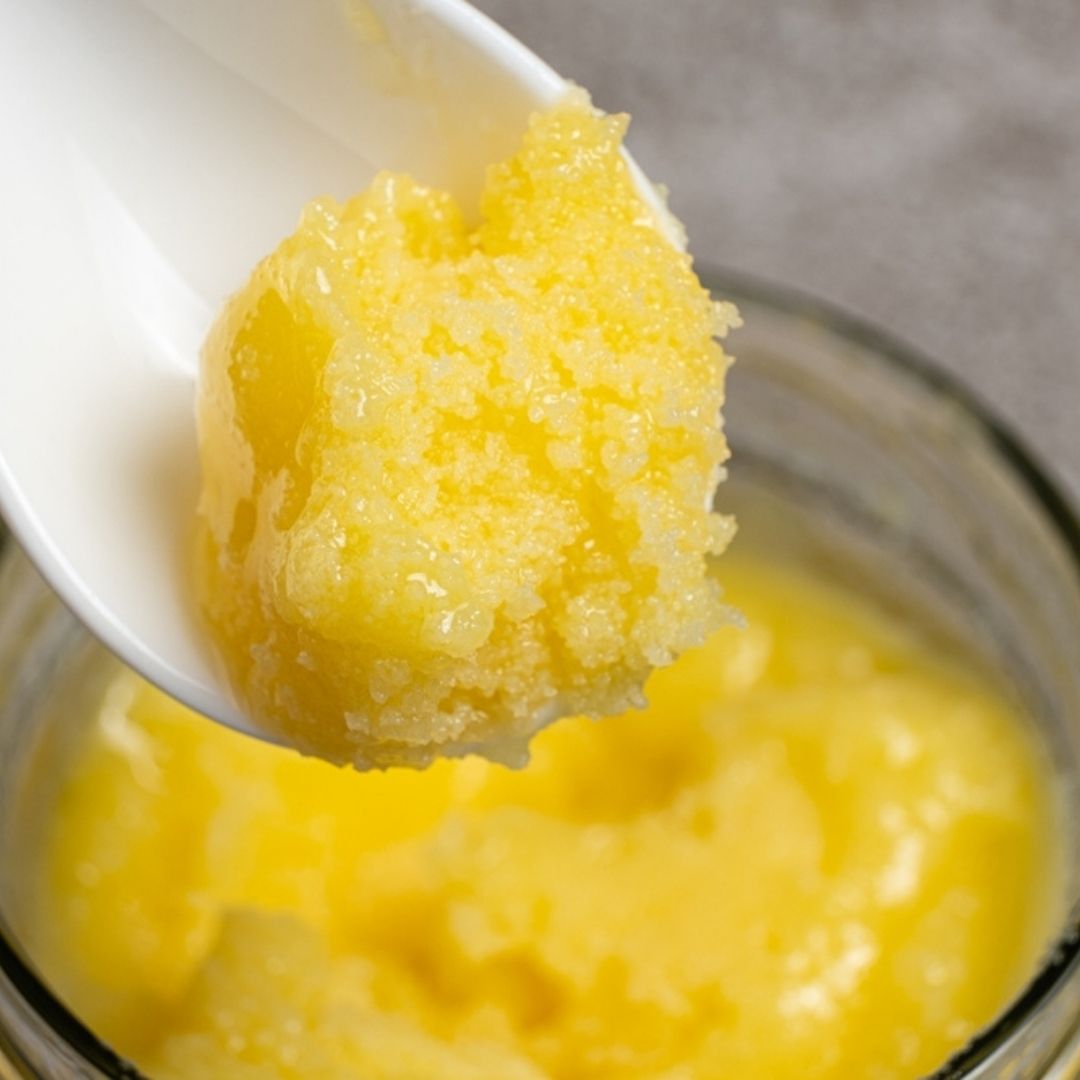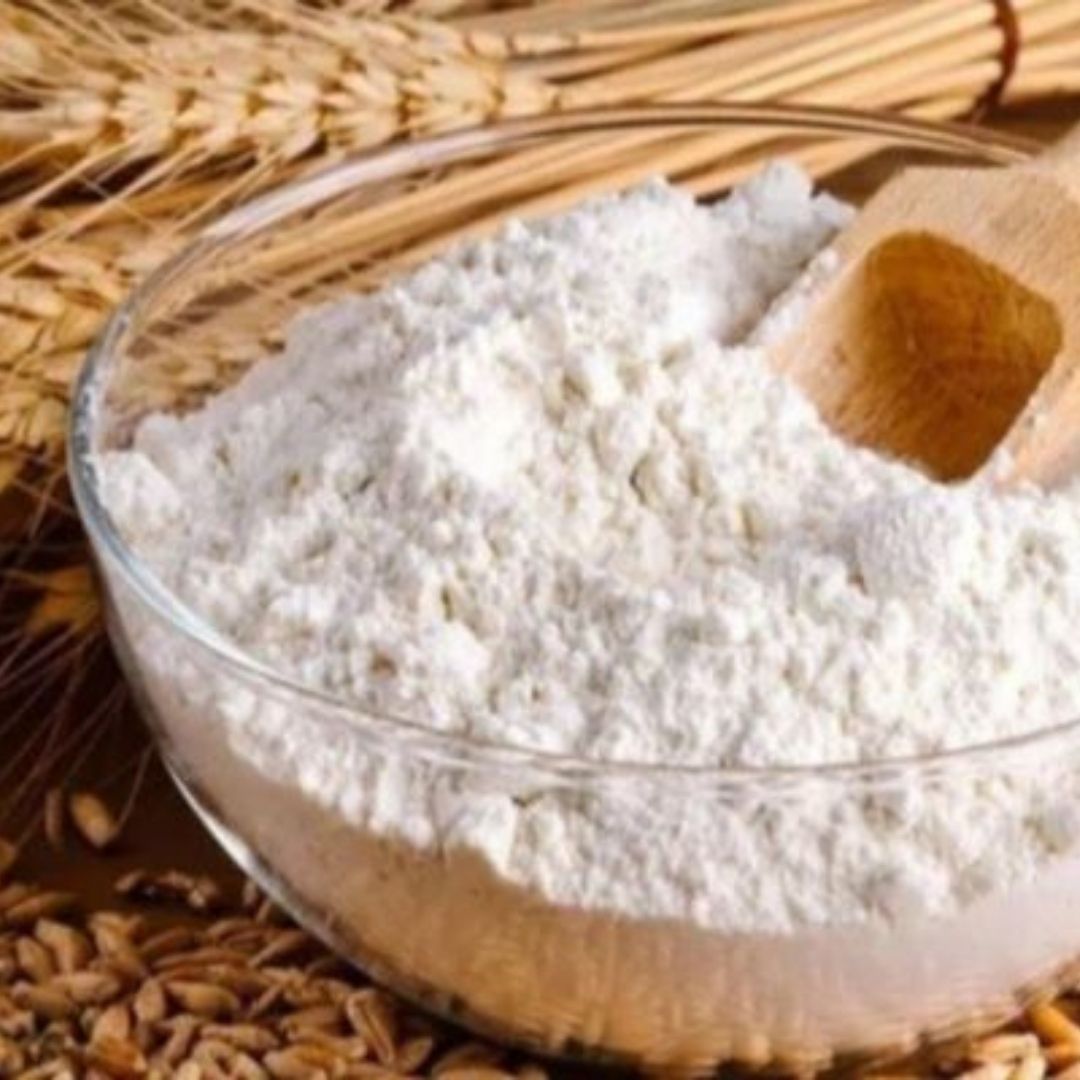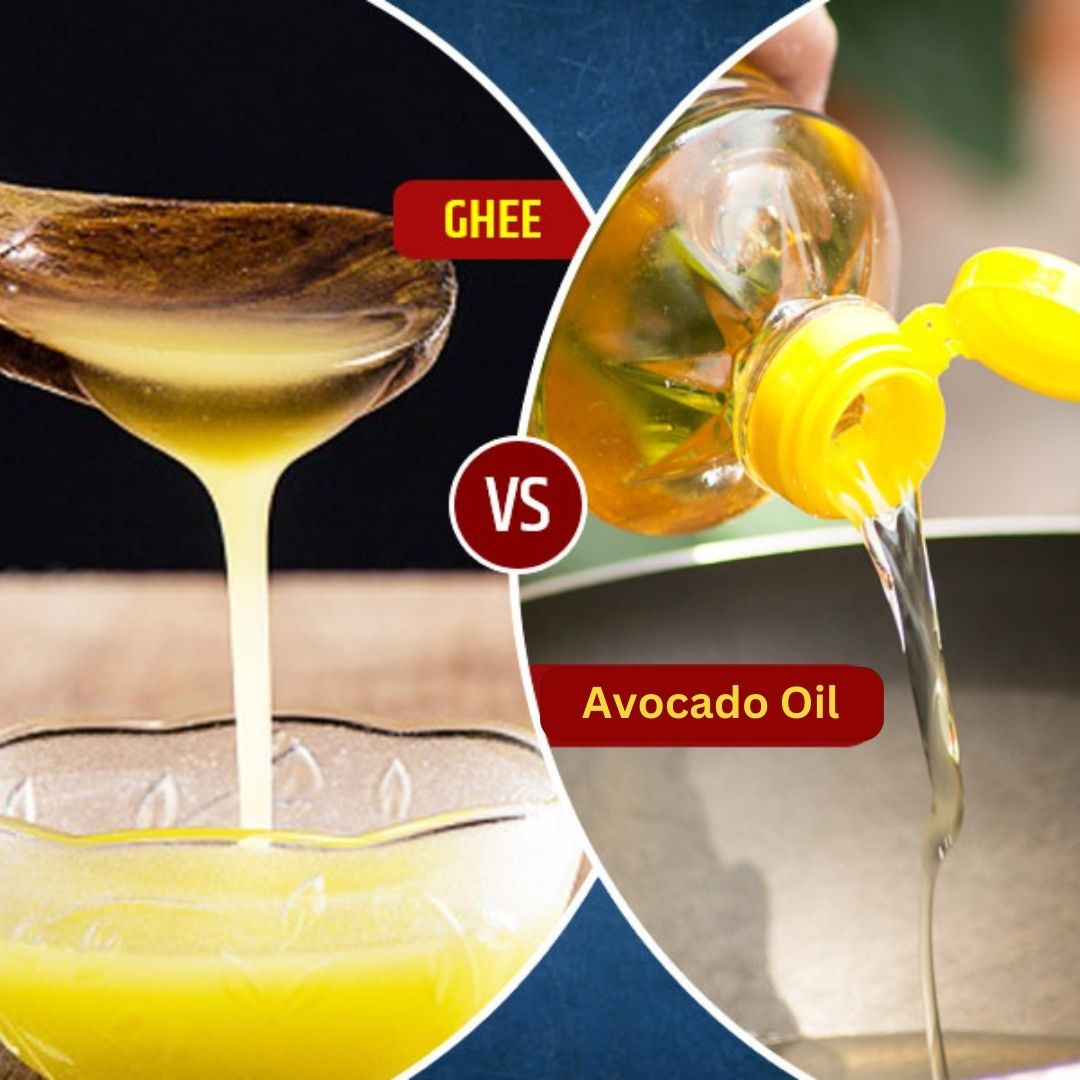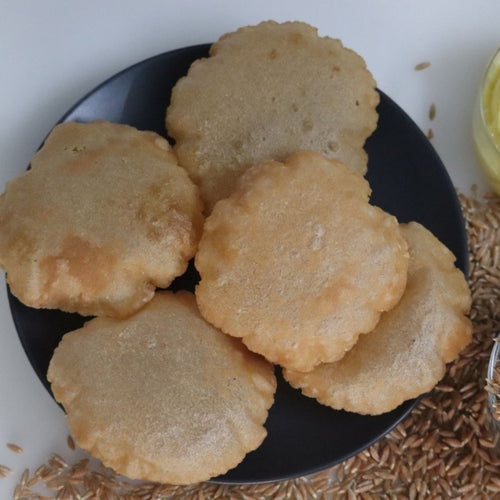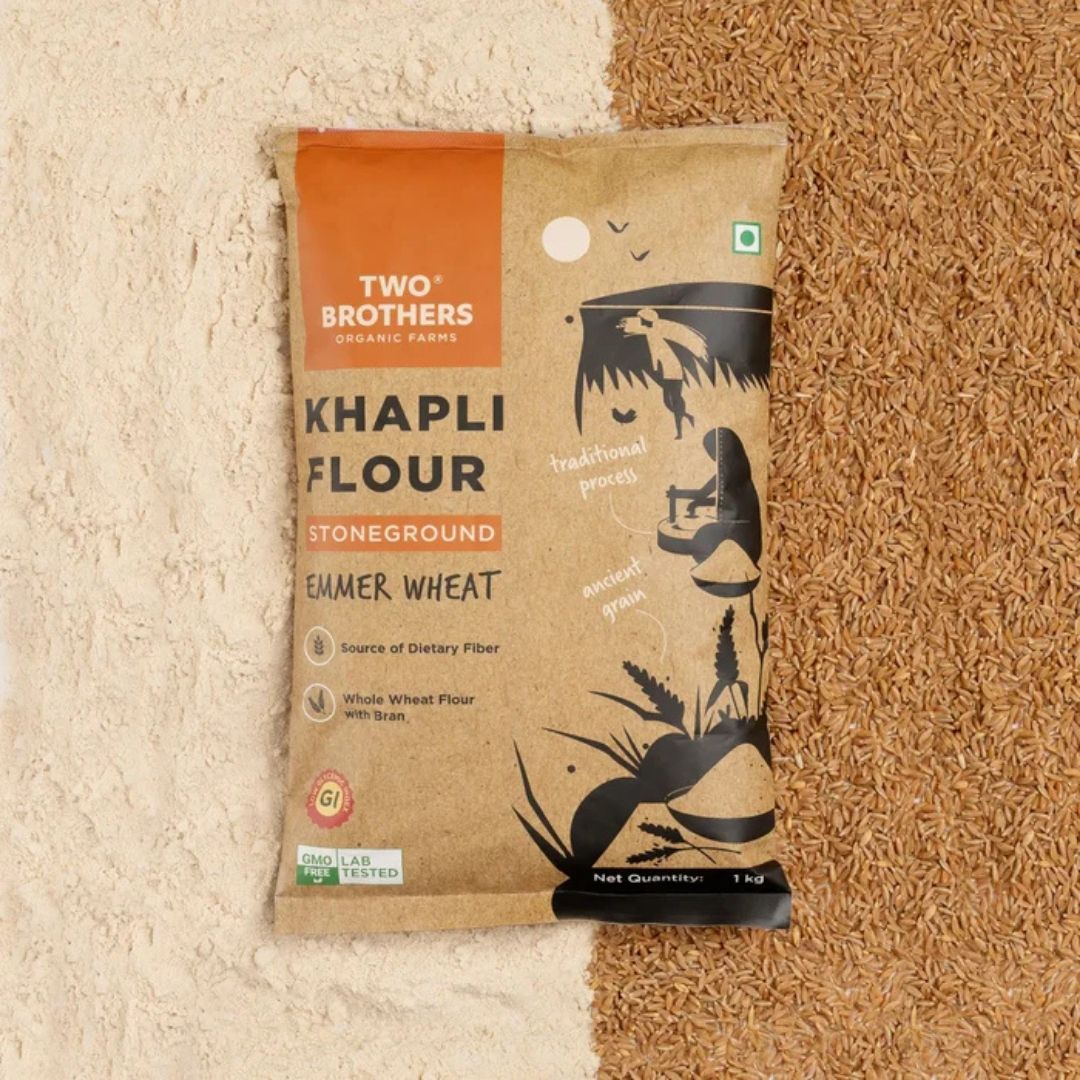A meal in India is not complete without the use of flour , whether it be for breakfast, lunch, or dinner. Hence, Atta is a staple in our thali. A few decades back, every household had its own atta chakki, they had to process their grains themselves to get atta; now thanks to advancements, the practice has faded.
Nowadays, people buy atta from the market, which simply requires kneading to turn it into food. Multiple types of Attas are available in the market and they differ both in quality and taste.
As atta is one of the most important foundations of diet, you should choose an atta that matches your dietary needs to perfection.
So, which atta is best for health? This blog will take you through some of the best healthy atta varieties that leave you completely delighted.

|
TABLE OF CONTENTS
|
7 Best Atta Varieties In India That Are Best For Your Health
The quality of atta you choose to make roti with can either enhance or break the bread's aroma, texture, and overall excellence. There are several types of flours available in the market , making it difficult to select the best one.
Choosing the most suitable grain for your flour in India, on the other hand, can ensure that you receive delicious and nutritious rotis.
Here we will discuss 7 different types of Atta varieties you can commonly find :
Whole Wheat Atta
-
Whole Wheat Atta is made by grinding the whole wheat kernel, whereas conventional wheat flour is made by grinding the wheat kernel after removing the bran and germ. The main difference between atta flour and wheat flour is found in the milling technique, the type of wheat utilized, and the variety of foods prepared with them.
-
Moreover, it avoids bloating, joint pain, and headaches since it is high in vitamins, fibers, magnesium, iron, manganese, zinc, and proteins. The presence of vitamins B and E in whole wheat aids in energy generation and the maintenance of healthy DNA in the body
Multigrain Atta
-
Multigrain Atta is merely atta flour produced from more than one type of grain. This could be a combination of grains such as wheat, soya, channa, and so on. Foods containing many grains can never hurt your health unless you are allergic to a certain grain.
-
Multigrains are a wonderful source of dietary fiber as well as various other nutrients, vitamins, and minerals, and they provide numerous health benefits such as preserving the heart, forming stronger bones, increasing metabolism, and enhancing blood circulation.
Ragi (Finger Millet)
-
Millet is a grain that is widely consumed throughout the world. Millet comes in a lot of varieties, each with its own set of health benefits. It is becoming increasingly popular due to its ease of cultivation and adaptability as a diet.
-
Ragi is gluten-free and is commonly used in bread to minimize gluten content or to create lower carbohydrate bread. Because of its methionine level, which accounts for roughly 5% of the protein, the cereal can be an exceptionally good source of protein for vegetarians.
Besan (Gram Flour)
-
The qualities of Besan make it a healthy and tasty addition to your diet. It is high in fiber and protein and helps with digestive issues. It also helps to stabilize your blood sugar levels, which aids in the management of diabetes.
-
The flour is also beneficial to weight loss and cardiovascular health. Antioxidants are substances that fight free radicals, which are unstable molecules in your body that are thought to contribute to the development of numerous diseases.
Bajra (Pearl Millet)
-
Bajra is high in nutrition and easily digestible cereal grain. It is a great choice for gluten-allergic or celiac patients because it is non-glutinous.
-
They are high in carbohydrates, vital amino acids, antioxidants, and various vitamins and minerals such as thiamine, riboflavin, folic acid, niacin, beta-carotene, and zinc.
-
These grains are helpful for heart patients since they are high in dietary fibers and have cholesterol-lowering qualities. Bajra is one of the few foods that lower stomach acidity, minimizing ulcer formation and discomfort caused by recurrent bouts of acidity.
Jowar (Sorghum)
-
A healthier alternative to refined wheat or all-purpose flour is Jowar, also known as sorghum. India is a major producer of this fiber-rich millet. Regular eating of sorghum grains supports several health benefits.
-
The most important of which is cancer prevention due to the uncommon antioxidants found in the grain's bran layer. Sorghum cereal's high dietary fiber content makes it particularly useful for promoting digestive health while also lowering LDL cholesterol.
-
The combined effect of a high concentration of calcium and magnesium helps bone health, while a mixture of copper and iron enhances blood circulation in the body. Read here to know about What Is Jowar Atta? - Benefits, Nutrition Facts, Composition, Recipes
Amaranth (Rajgira)
-
Rajgira is one of the world's top sources of vegetable protein. It contains one of the greatest protein contents and is also easier for the human body to absorb. Lysine, an essential amino acid, is found in amaranth.
-
Because lysine is easier to digest than milk protein, Rajgira is more likely to provide your body with more protein than milk. Rajgira has more than four times the calcium content of other grains and milk.
-
If you are intolerant to lactose, Rajgira ought to be your go-to calcium source. Iron, zinc, magnesium, phosphorus, and potassium are abundant in Rajgira.
How To Select the Best Atta ?
If you're on the hunt for the best atta for your home, here's how to make the right decision. There are three crucial factors to consider while choosing the best atta for your house and preparing tasty and nutritious meals for your loved ones.
-
It is critical to use whole wheat flour that contains no maida or other adulterants. The best atta is made from 100% whole wheat grains and is processed in the ancient chakki-grinding procedure. To choose the best whole wheat atta in terms of quality and authenticity, choose a brand like Two Brothers that takes additional precautions from sourcing to packaging.
-
Some of your family members may have unique dietary requirements, such as gluten intolerance, diabetes, or other types of special nutritional demands. It is crucial to select your atta based on their requirements too.
-
Focusing on the taste, color, and texture of the flour before making your purchase is mandatory.
Comparison Between The Nutritional Content Of High Fiber Atta Vs Normal Atta
Whole wheat atta is made by retaining the bran of the wheat grains on the wheat kernel during the grinding process, preserving its fiber content. Whole wheat flour contains more fiber than regular wheat flour.
Here is a clear comparison of the nutritional values of both.
|
Nutrient |
Whole Wheat Flour |
Regular Wheat Flour |
|
Energy |
339 kcal |
364 kcal |
|
Fat |
1.87g |
0.98 g |
|
Saturated Fat |
0.322g |
0.155g |
|
Monounsaturated Fat |
0.232g |
0.087g |
|
Polyunsaturated Fat |
0.779g |
0.413g |
|
Carbohydrates |
72.57g |
76.31g |
|
Sugar |
0.41g |
0.27g |
|
Fibre |
12.2g |
2.7g |
|
Protein |
13.7g |
10.33g |
|
Sodium |
5mg |
2mg |
|
Cholesterol |
0mg |
0mg |
|
Potassium |
405mg |
107mg |
Health Benefits Of High Fiber Atta
Protein-rich foods help you gain muscle mass and strength while also keeping you full and happy for a longer time. High fiber atta is also high in iron and vitamin B1, both of which are vital dietary nutrients with several health benefits.
Its advantages include enhanced digestive system performance. Fibre helps to empty your bowels more effectively, reducing constipation and maintaining bowel health. It also helps with health issues like headaches, skin diseases, and more.
A high-fiber breakfast helps to avoid chronic strokes, belly fat or central adiposity, as well as diabetes. It increases nutritional value by providing calcium, iron, and other essential elements to the body.
Since it also contains lactic acid, it boosts good bacteria and helps in digestion and nutrient absorption, strengthening our immune system.
FAQs - Which Atta Is Best For Health? - 7 Best Healthy Atta Variety
What is the shelf life of atta?
At room temperature, the flour will easily last 6-8 months when stored correctly. In the fridge, flour lasts 1 year, and in the freezer, it lasts 2 years.
How to check the purity of atta?
Pour half a teaspoon of flour into a glass of water. If you observe something floating in the water, it means the flour has become tainted.
What is the best atta for health?
The best atta for health depends on individual dietary preferences and requirements. Whole wheat atta, multigrain atta, or other specialty flours with added nutrients can be good choices.
Which atta is best for heart patients?
For heart patients, whole wheat atta or multigrain atta that includes grains like oats and barley can be beneficial. These options provide fiber and nutrients that support heart health.
Which atta is best for weight gain?
To promote weight gain, atta with a higher calorie content, such as whole wheat atta or a blend that includes grains like oats and nuts, can be suitable. It's essential to pair it with a balanced diet and exercise.
What are the benefits of bajra roti?
Bajra roti offers various benefits, including being rich in fiber, antioxidants, and essential nutrients. It is gluten-free and may aid in digestion, making it a nutritious alternative to traditional wheat roti.
Is bajra a millet?
Yes, bajra, also known as pearl millet, is a type of millet. Millets are a groupof small-seeded grains, and bajra is one of the commonly consumed millets in various parts of the world.
Can we use multigrain atta for weight loss?
Yes, consuming multigrain atta can be a good choice for weight loss. Multigrain flour typically contains a mix of whole grains, which are rich in fiber and nutrients.
What are the contents of multigrain atta?
Multigrain atta is often made with a blend of grains, including wheat, millet, sorghum, barley, oats, maize, rice, soybeans, and buckwheat, to provide a variety of nutrients and fiber.
Wrapping Up:
While whole wheat flour is the most common type of flour, each variety of flour has a distinct flavor and nutrient profile. We hope you got the answer for which atta is best for health and get to know the best healthy atta varieties through this article.
If you want to experiment with the organic taste of atta, don’t forget to check out Two Brothers shop to explore all the options of atta.
Choose the best atta for your family’s needs and reap all the health benefits. Keep reading to learn about How to Choose the Right Atta for Weight Loss and Atta Vs. Maida, Oats, Besan, and Suji - Which is Best for Health?


